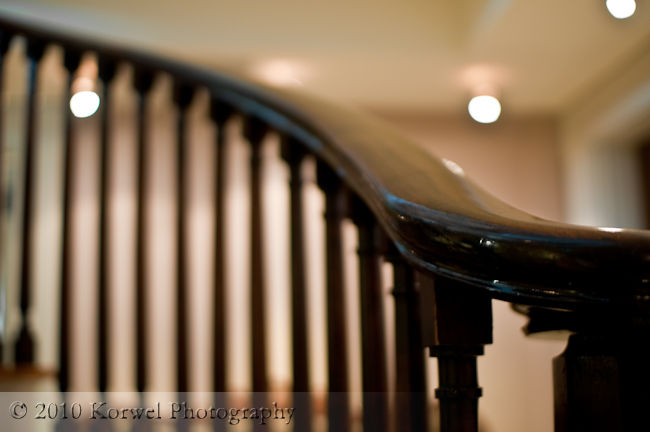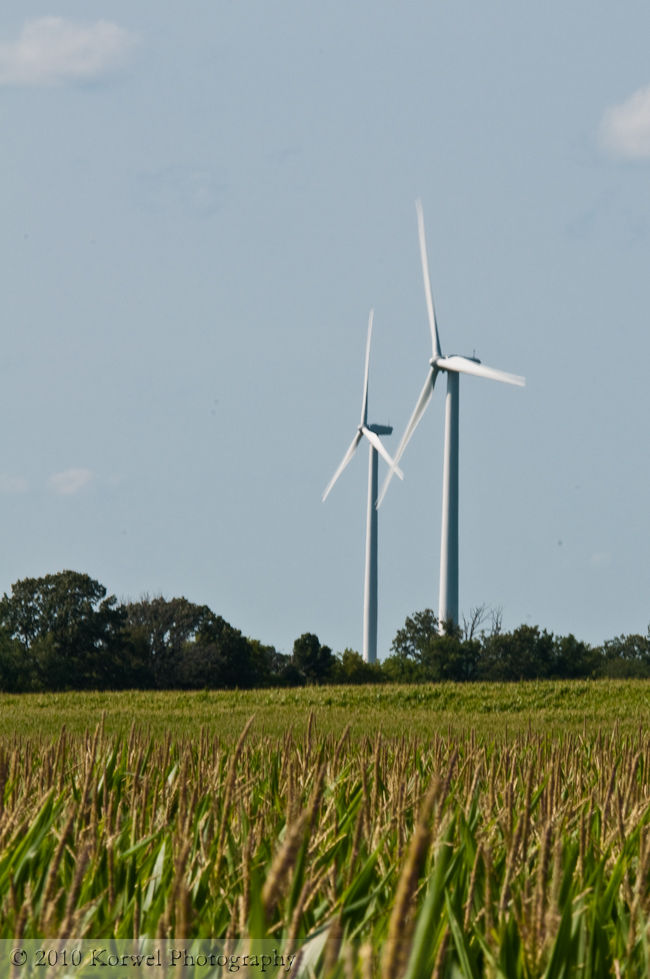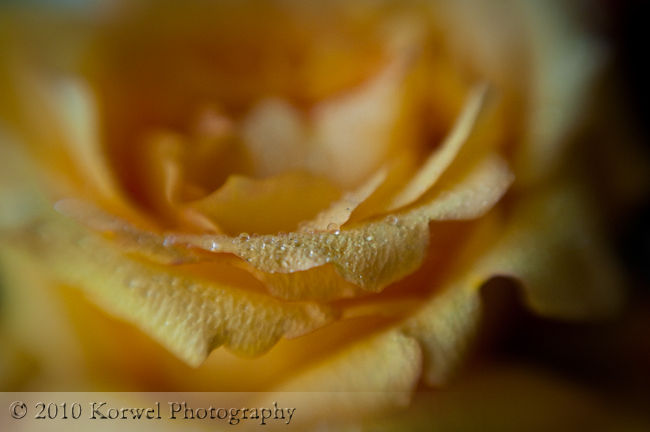About aperture
Aperture is one of the three elements of exposure. By changing one of the aperture, shutter speed or ISO you generate the same exposure while going for different artistic effect. That is basic, everybody knows it. There are wide-open apertures for shallow depth of field, narrow apertures for landscape with whole scene in sharp focus, and, as Bryan Peterson calls them, “who cares apertures” for everything in between.
Example of wide-open aperture shallow depth of field at f/1.4
Example of all the way through focus with aperture stopped down to f/29
Of course those f/8 to f/11 tend to be the sharpest on your lens. Nevertheless, I use them the least, as I enjoy the separating, shallow depth of field in my images.
In any case, that is not all you need to know about aperture. I learned through the years more advanced tricks of aperture use.
One of them is how to choose aperture ring in Lensbaby. The biggest mistake you can make starting with Lensbaby is to decide that this lens can be used wide-open (without any aperture ring) for shallowest depth of field. The wider the aperture on Lensbaby, the larger area of the picture is blurred. The sweet spot of focus is a real tiny area. It is often a desired effect, but it makes it extremely hard to pin-point the focus. While I am finding apertures above f/8 hard to use in outdoor situation for little light getting in, I am finding apertures below f/4 hard to use because of focusing. It took me a while to figure that out, but since I hardly ever change the aperture ring from f/5.6. It made my Lensbaby shot more pleasant and successful experience.
Example of small sweet-spot in Lensbaby macro shot
Another secret of aperture is its double role in exposure with strobe. When I work in the studio with one or two strobes, I usually shoot on Manual, that’s what my husband taught me. I would set up the shutter speed to maximum sync speed of 1/250 sec and usually pick aperture for desired depth of field AND so I don’t have spill of natural light on my subject. Basically, from f/5.6 up, depending on how bright the day is. It is also good for food images, where I like close-up look, which results in shallow depth of field by itself. Then I adjust manually the flash output until I have properly exposed image (and white background).
Think of your aperture, when you are taking your photographs. Look for what else the choice of f/4 or f/22 might effect beyond depth of field.


